So you’re a fellow coffee lover. Welcome, you’ve come to the right place.
Here at Kion, we take coffee seriously—not only by serving up the best-tasting, clean, organic beans, but also in how we prepare it.
By not properly preparing your coffee, you could be missing out on some of its health benefits, and flavor!
Here are seven tips for how to brew coffee like a pro in your own home so your favorite brew reaches its full health and flavor potential.
1. Store Your Coffee Properly
One of the biggest mistakes coffee drinkers make is not storing their coffee in a way that maintains the freshness and quality of taste.
Coffee is very absorbent, so it’s best to store it away from:
- Moisture
- Heat
- Direct sunlight
- Oxygen
- Odors
This means (regardless of what your grandmother taught you) you might want to avoid keeping your beans in the freezer or refrigerator.
This exposes them to moisture through condensation, as well as odors from other foods. Most of us would prefer our coffee without hints of leftover lasagna, red onions, or broccoli salad.
The best option is to store fresh coffee in an opaque, airtight container in a dark place away from moisture or other odors.
Not only does proper storage preserve the flavor and aroma of your coffee, but it also helps to protect beneficial compounds in the beans from oxidizing.
2. If Using Whole Beans, Grind Only What You Need
If you're brewing with pre-ground coffee, just skip this step and pat yourself on the back for saving 15 seconds of your life.
Many coffee aficionados prefer to buy whole bean coffee and grind it themselves.
If you're that kind of fancy, and looking for the freshest cup of Joe possible, it's best to only grind what you need within 15 minutes of brewing.
It’s also important to use the right type of grind for your brewing method.
Slower methods like a French Press call for a coarse grind, while faster methods like espresso call for a finer grind.
3. Use Clean Water
This may seem obvious, but the quality of the water used in the brewing process is another often overlooked factor in making a perfect cup of coffee.
If you use ‘hard’ water that’s full of minerals, you’ll typically get under-extracted, weak-tasting coffee.
Hard water can also lead to lime and scale buildup in coffee machines, which is no fun to deal with and decreases the life of your equipment.
A good rule of thumb is this: If the water doesn’t taste good on its own, it’s going to make your coffee taste gnarly too. Simple as that. Always use clean, filtered, delicious tasting water when making coffee.
4. Use the Proper Coffee to Water Ratio
The standard ratio for most brewing methods is around 1:17, depending on your personal preference.
In other words, 1 gram of ground coffee to 17 grams of water.
If you don’t have a food scale, instead use the ratio of 1:4. For example, 1 tablespoon of ground coffee to 4 ounces of water.
Adjusting this coffee to water ratio is an easy way to tweak the strength of your coffee; less coffee + more water = weaker taste, and more coffee + less water = stronger taste.
5. Prepare and Care for Your Equipment
Another magical tip to make a perfect cup of coffee is to prepare your brewing vessel (if using a manual brewer) or coffee mug by preheating it first.
To preheat, just add some hot water to the vessel/cup, and then pour it out.
This will help maintain the ideal temperature of your coffee so you’ll never have to stoop to reheating it in the microwave again (no shame, we’ve all done it!).
And don’t forget to take care of your equipment! Keep your brewers clean and dry when not in use, and descale machines on a regular basis.
6. Adjust One Variable At a Time
If you want to change the taste of your coffee, try first adjusting either the grind or the amount of coffee you use.
It’s important to only change one variable at a time; otherwise, you won’t know which change led to your ideal flavor!
Changing the size of the grind can largely influence the taste of your coffee, so feel free to experiment to find your preferred taste. If the coffee tastes too bitter, use a coarser grind; if the coffee tastes sour, use a finer grind.
If you want a stronger, more flavorful coffee, you might want to change up the coffee to water ratios to have more coffee and less water.
Again, what determines the ‘perfect cup of coffee’ is highly personal and depends on your unique flavor preference. You might have to tinker with your process for a bit before you hit the sweet spot - but that’s what makes it fun!
If you can't quite get it right (or if black coffee isn't your thing), check out this article on "9 Ways To Spice Up Your Coffee Routine."
7. Start With Quality Coffee
Even if you follow all of the above tips, you’ll still be missing out on some of the magic of coffee if you aren’t paying attention to the quality of your coffee beans.
Most of the commercial coffees on the market today are mass-produced, treated heavily with pesticides, over-roasted, not packaged to maintain freshness, and sit on a shelf for months before making it to your kitchen.
This results in a lackluster cup of coffee that is full of agrochemicals, makes you jittery, and worst of all tastes stale and burnt. Gross.
In order to get the most flavor—and health benefits—out of your coffee, look for a source that meets the following standards:
- Certified organic
- Specialty grade
- Freshly roasted
- Packaged properly (the gold standard being nitrogen flushed)
- High cupping score (aka tastes delish!)
Kion Coffee meets all of these standards, and then some. Certified organic and roasted for a rich, smooth taste: Our coffee tastes as good as it makes you feel.
Summary
Learning how to brew coffee like a pro is meaningless if you don't start with high-quality, fresh coffee beans.
Once you've got your beans of choice, depending on your strength preference—bold and strong, or mild and light—add an appropriate amount of clean, purified water.
For optimal freshness, be sure to grind only what you need and always store your coffee beans away from moisture, heat, direct sunlight, oxygen, and odors.



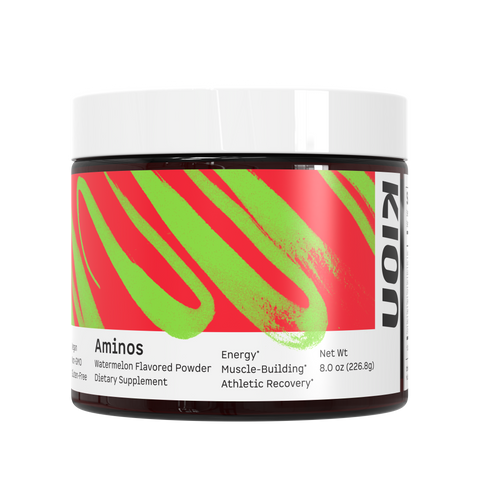
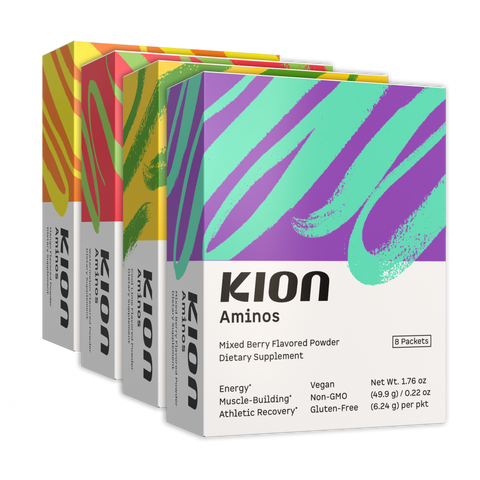
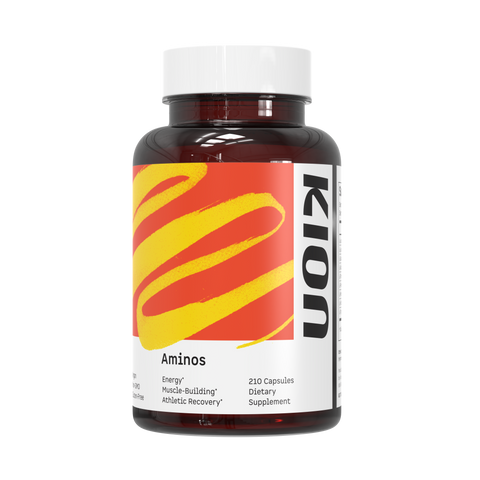
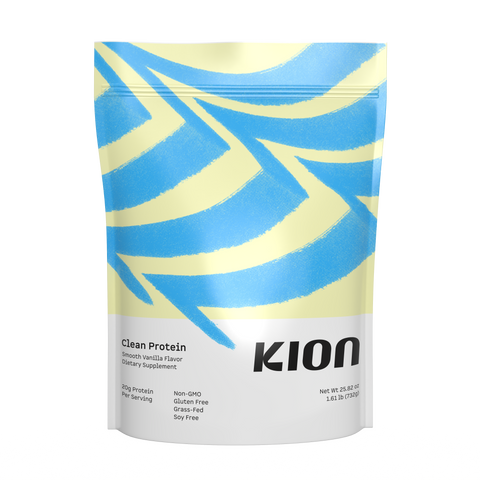
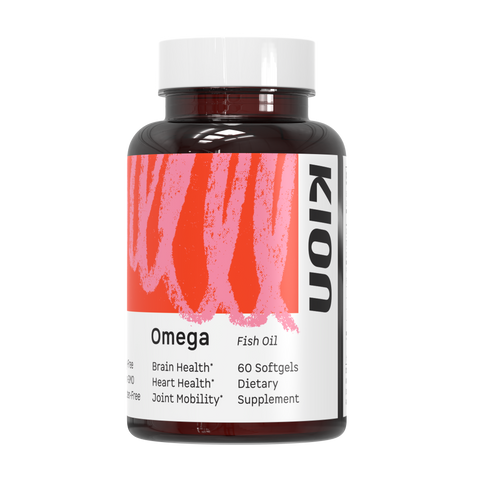
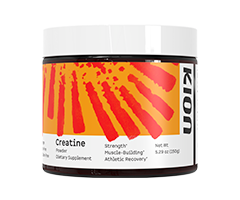
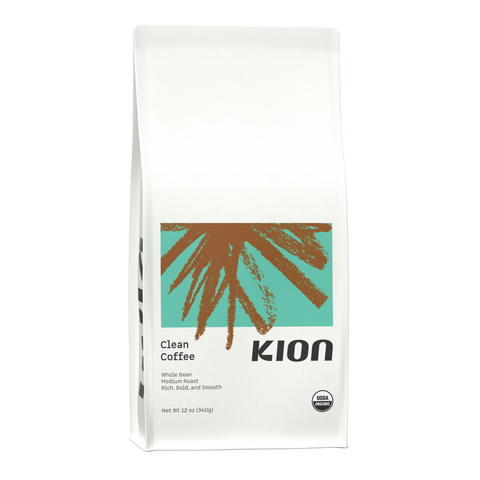
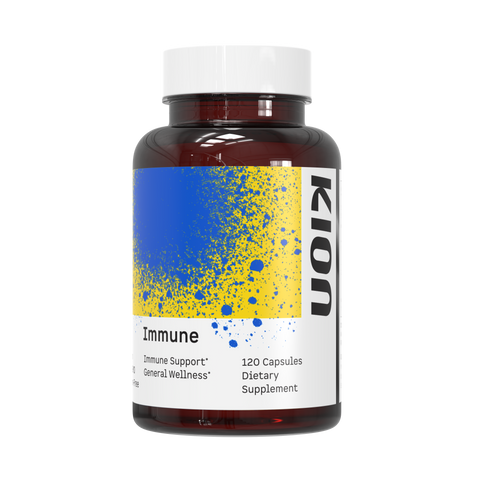
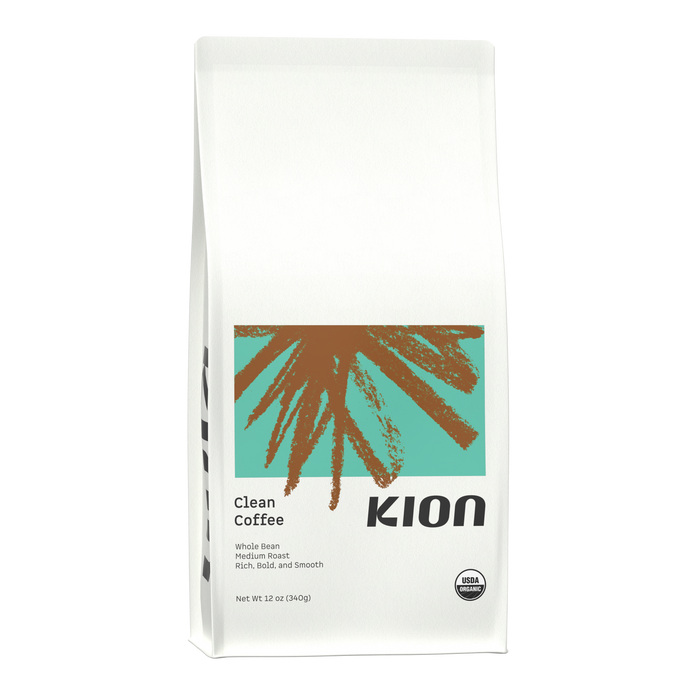
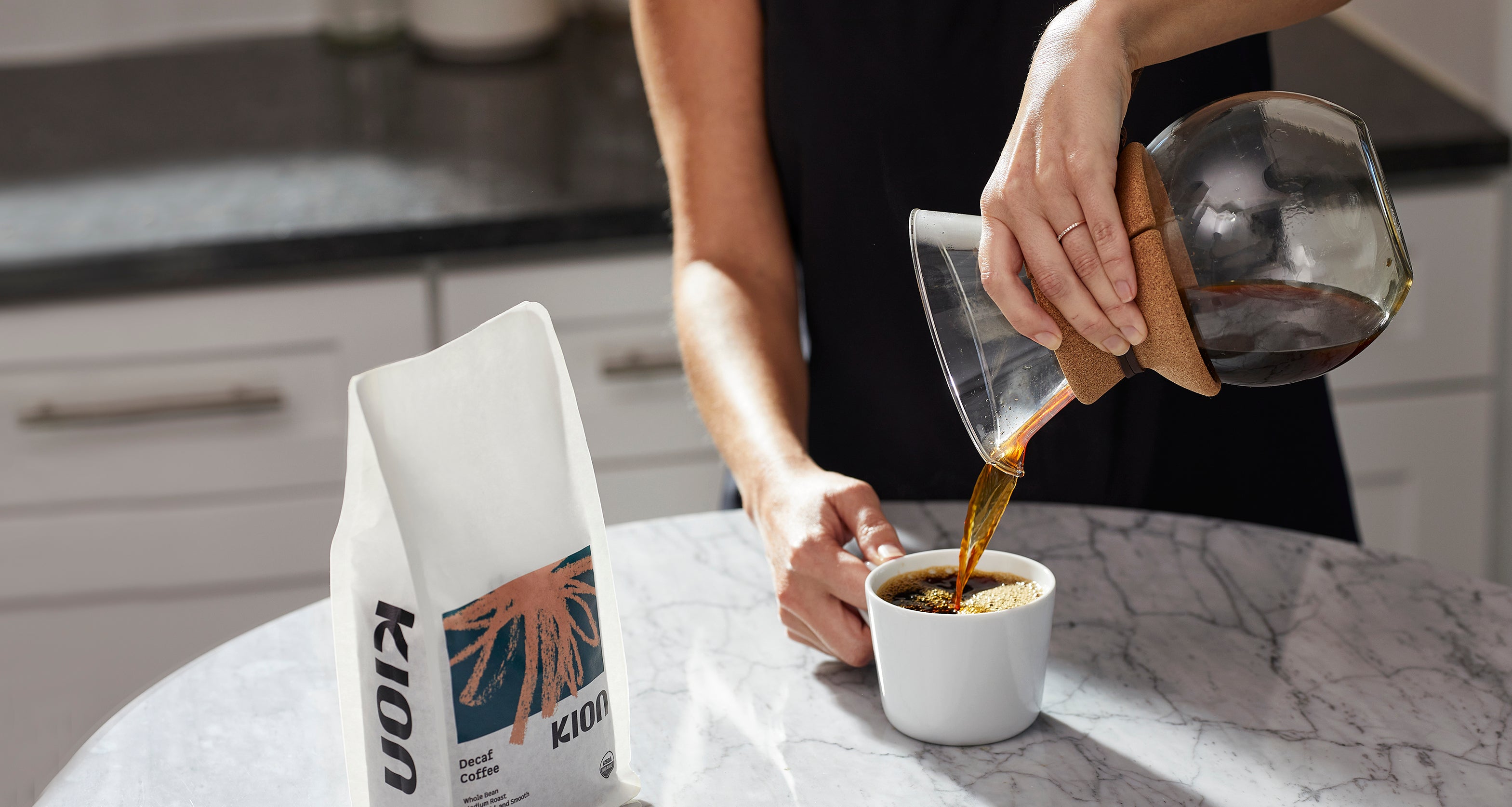



Comments
loved this information Thank you for the pointers. Brew baby brew! Love my coffee.
Pam Brown on
Which is the healthiest brewing technique? Pour over to filter away diterpens (finding some filter without PFAS etc…) or French press because the oils are actually good to keep in? Trying to wrap my head around this. Thanks for your help.
———
Kion replied:
If traces of PEFA’s in filters is of concern (there are brands that have been tested) you’re likely best sticking with a press or “unfiltered” Yes, there is some evidence to suggest Diterpenes that are not filtered (IE French Press) can impact LDL levels, however most of this evidence comes from studies in which 5+ cups were consumed daily!
Petter on
Any recommendations for coffee grinder for Glass Carafe Brewers.
———
Kion replied:
We highly recommend a quality burr grinder for all brew methods. A burr grinder will allow you to match your grind (coarseness) perfectly to your brew method. A medium-coarse grind is likely the idea for a glass carafe.
Anonymous on
Any advice on a percolator? How fine to grind and water ratio since it perks and doesn’t drip or pour over?
———
Kion replied:
A coarser grind typically works best for a percolator . Too fine of a grind can cause the water to pass through too slowly, potentially making the cup too strong tasting (dare we say bitter?) . Give it a try next time using a coarse grind with large visible lumps to prevent this “over-extraction” that can be common when using a percolator.
Barb Gilbert on
You didn’t mention water temperature, most drip makers are not hot enough to extract properly.
180-190 degrees is optimal I beleive.
John Ryan on